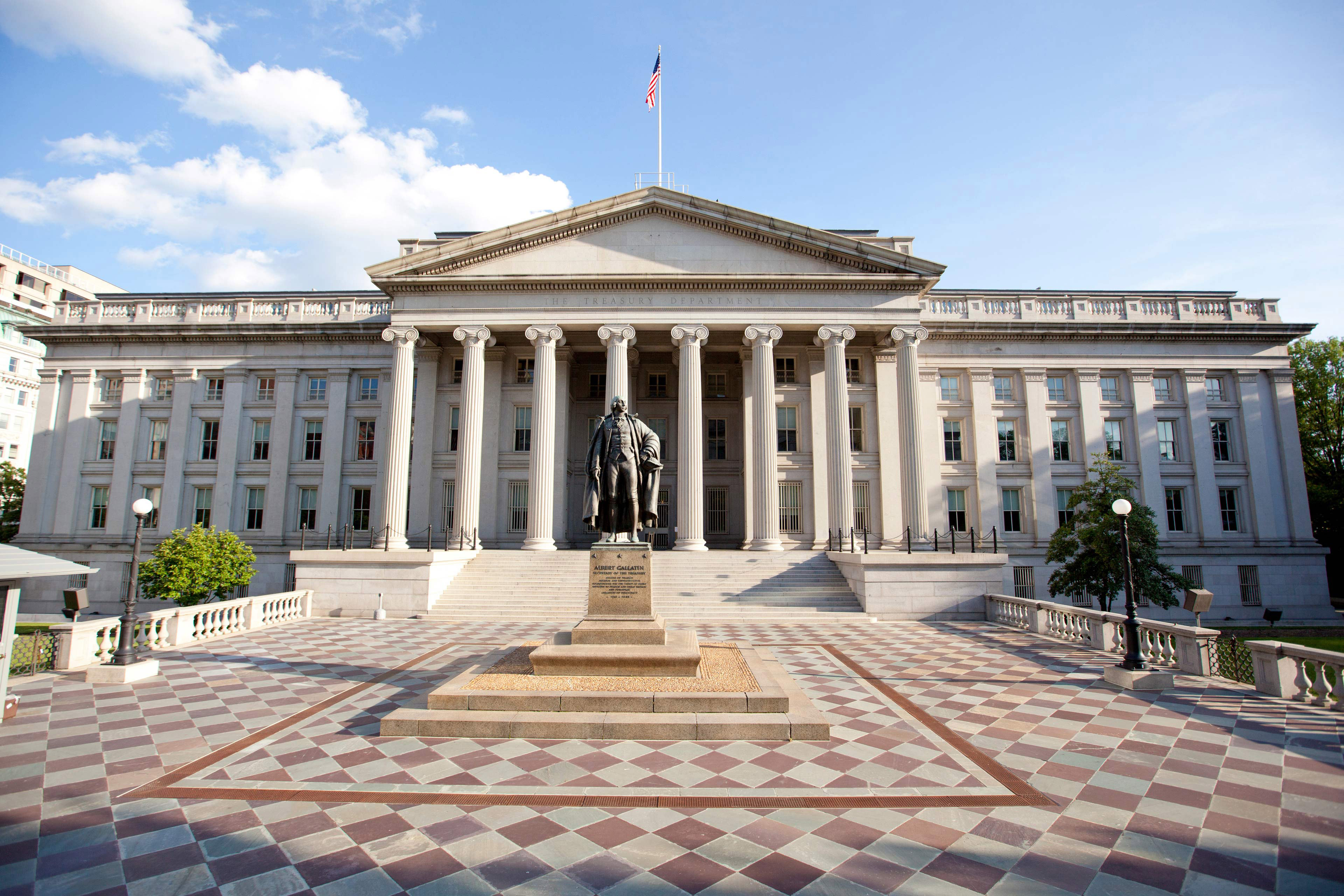2. Bank netting membership clarification
The proposed revision clarifies that a branch and its parent bank are considered the same legal entity under GSD Rules and not separate affiliates.
Revised qualifications for bank netting membership include the following:
- Bank or trust company chartered as such under the laws of the US or a US state
- Bank or trust company established or chartered under the laws of a non-US jurisdiction that meets the qualifications applicable to a Foreign Person (i.e., satisfy its home country regulators’ minimum financial requirements and the additional capital requirements outlined in the rulebook)
Impact: This clarification will help firms better identify and assess in-scope transactions subject to clearing.
3. FICC membership/applicant standards
FICC has made changes to initial membership qualification and ongoing membership requirements to support transparency into members’ financial health (e.g., affiliates may be required to provide financial statements), liquidity (e.g., ability to deny applicants with insufficient liquidity) and financial resources (audited financial statements of the Guarantor).
Existing disciplinary actions are also being replaced with the new Credit Compliance Charge, which subjects members to an additional charge on their Required Fund Deposit. The charge is calculated as equal to the greater of either:
- $1,000,000
- 25% of the normal calculation of the netting member’s Required Fund Deposit
Impact: FICC is requiring additional membership transparency to support of liquidity risk management and instituting a new credit compliance charge in place of existing disciplinary actions. The revised charges should be considered by members and new applicants as a deterrent for failing to meet the new membership requirements.
4. FICC rulebook definitions and rules
The recent FICC rulebook updates align definitions and enforceability to the SEC’s Clearing Rule and terminology.
Impact: The newly defined or enhanced terms can assist market participants with navigating the Clearing Rule requirements and exclusions within FICC construct. Key terms include:
- Eligible Secondary Market Transactions
- Buy/Sell Transaction
- Treasury Repo Transaction
- Designated Examining Authority
- Affiliated Counterparty
- Central Bank
- International Financial Institution
- Local Government
- Sovereign Entity
Recent publications, news articles and industry events
To learn more about the SEC’s Clearing Rule, see the SEC Final Rule and associated Fact Sheet.
Links to other recent publications:
DTCC’s UST clearing microsite now includes ‘Segment Profiles & Recommended Access Models’
July 2024
Published by: DTCC
FICC has recently published profiles and recommended access models on its UST Clearing microsite that include market participant profiles, illustrative trading activity, key considerations and an FICC-recommended clearing access model.
Segment profiles and related FICC documentation:
The U.S. Treasury Clearing Mandate: An Industry Pulse Check
July 2024
Published by: DTCC
FICC conducted a survey in April 2024 to further support the industry’s understanding of the implications of the SEC’s Final Rule to expand central clearing activity. The survey findings demonstrate that the industry’s level of understanding and preparedness have significantly improved since FICC conducted a similar survey last year.
Insights include:
- Newly refined estimates of volume transactions required to be submitted for central clearing
- Planned usage of FICC’s access models
- The possible impact on margin and liquidity risk management resources
Rules Must be Considered in Combination
July 2024
Published by: ISDA
ISDA Chief Executive Officer Scott O’Malia informally discusses U.S. Treasury clearing considerations in the context of the broader US prudential framework, bringing up possible impacts to regulations such as Basel III and global systemically important bank (G-SIB) surcharges.
EY webcast: Impacts of Central Clearing of US Treasuries and Repo
May 2024
Published by: Ernst & Young LLP
In this webcast, Ernst & Young LLP Managing Director Brendan Maher hosts several industry panelists to discuss key themes and high-level requirements of the U.S. Treasury and repo central clearing rules. Discussion topics include, but are not limited to, the below topics:
- Compliance deadlines and the implementation runway
- Providing and maintaining access to the U.S. Treasury and repo markets
- The impact to margin and collateral management
- International and inter-affiliate booking model implications
- Changes to the 15c3-3 calculations
- Done-away model
SIFMA podcast: The Path to Clearing US Treasuries
May 2024
Published by: SIFMA
In a recent edition of The SIFMA Podcast, SIFMA president and CEO Kenneth E. Bentsen Jr. sat down with Robert Toomey and William Thum, who outline SIFMA and SIFMA AMG’s partnership to advance multiple work streams and short-term deliverables that will set the stage for long-term implementation. These include standard documentation, enhancements to market structure, further needed regulatory reforms and an operations timeline for all participants to adjust ahead of the 2026 go-live for U.S. Treasury clearing.







